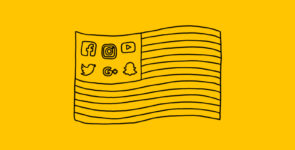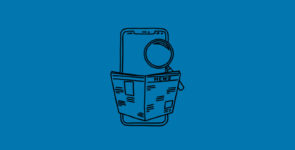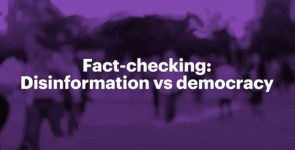Fighting disinformation through technology and education
Thanks to technology, anyone with a smartphone or an internet connection has the ability to obtain information without limits or territorial barriers. However, despite the fact that we have increased access to content, news and direct sources, paradoxically, our society is more misinformed than ever before in the history of mankind.
A major challenge for any democratic society, disinformation is further exacerbated by the ability to disseminate all manner of content, whether it is false, unsubstantiated, erroneous, manipulated or fabricated. This capacity to make inaccurate information, photos or data go viral in a matter of seconds through social networks or messaging apps demonstrates that we are dealing with a tool that has an extremely powerful capacity for dissemination.
If we are to solve this problem, we must encourage a critical spirit, attacking it at the root. We must work from the outset to mainstream digital literacy in the education system, teaching students to filter sources, instilling critical thinking and making sure they know how to determine when information is – or is not – truthful.
Technology is crucial in the fight against misinformation, but equally essential is the involvement of administrations, companies, technology platforms, verification agencies and, of course, citizens themselves.
WTISD celebrates the many posibilites that ICTs bring to the world
The rapid pace of technological development has changed the way we live, work, communicate and educate our children. In fact, it is affecting almost every area of the economy, society and culture. 17th May 2022, we celebrate World Telecommunication and Information Society Day (WTISD). Its purpose is “to help raise awareness of the possibilities that the use of the Internet and other Information Communication Technologies (ICTs) can bring to societies and economies across the world”. (Source: UN).





